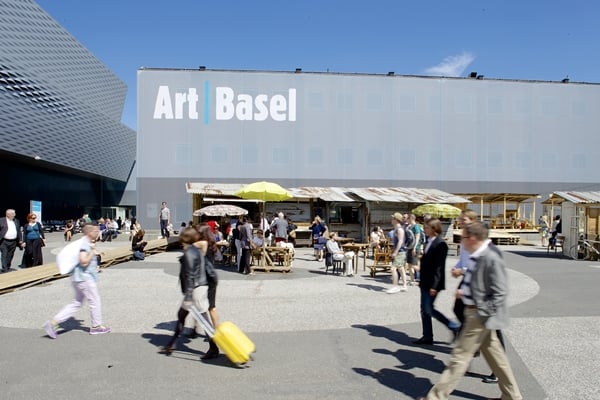
Art Basel organizers announced today that for the upcoming edition of the annual fair (June 16–21), 57 galleries on the downstairs floor at Messe Basel have changed position in order to create a special focus on historical material—from classical Modern works to postwar contemporary art (see 10 Lavish Summer Art Events Around the World and Sylvester Stallone Tames Massive Crowd at Glitzy French Riviera Show Opening). This marks the first significant shift to the layout in years.
“At a time when material from the first half of the past century and after has become ever-rarer, the exhibiting galleries will again bring material of high quality to present to Art Basel’s audience of collectors from around the world, according to a statement from Art Basel.
Some of the works are being shown for the first time since they were first collected decades ago, others represent pivotal moments within their careers (see Five Theories on Why Art Basel Hong Kong Is Moving to March Next Year and What Top Dealers Are Bringing to Frieze New York).
Highlights will include Max Ernst’s Horse and Cows (circa 1919) at Richard Nagy, as well as René Magritte’s Renee Cordier (circa 1936), and Egon Schiele’s gouache, titled, Woman Hiding her Face (1912).
Max Ernst. Pferd und Kühe (Horse and cows) , ca. 1919.
Photo: courtesy artnet.
As a comparison, Mitchell Innes & Nash will present Picasso’s collage Verre et Carte à Jour (1914) alongside Rhizome (1970), a steel sculpture by Anthony Caro. In turn, Richard Gray Gallery will show Marc Chagall’s oil on canvas Self Portrait (1947), alongside a rare bronze by Raymond Duchamp-Villon, titled, Tête de Cheval, which was conceived in 1914, and cast in bronze around 1950, after the artist’s death. It is one of two examples remaining in private hands.